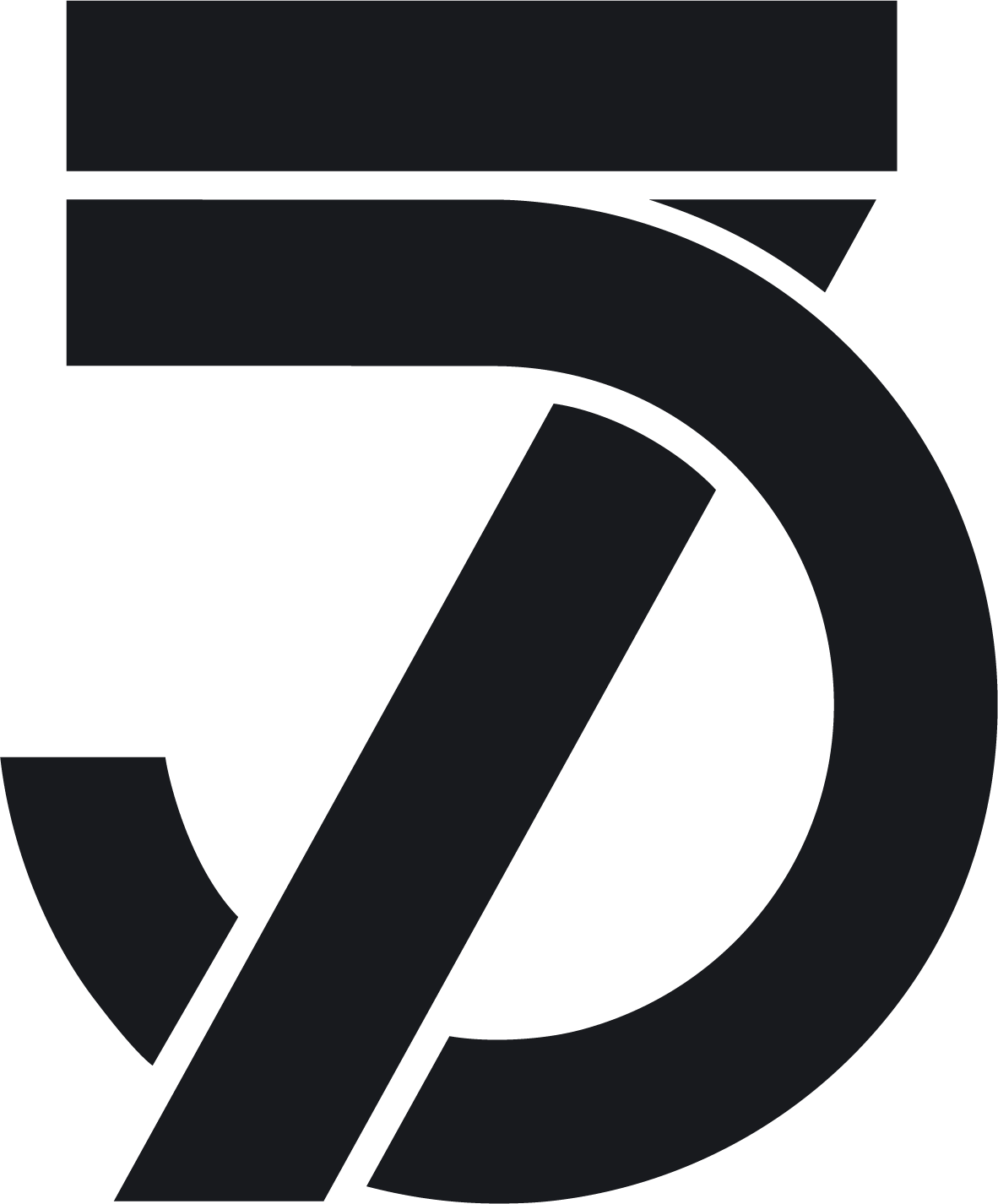What does a future-ready HR Function look like?
Not to start this article off with the C word, but Covid was a huge catalyst in forcing companies to embrace a level of digitalisation (that otherwise may have taken them another decade to get on board with). Of course, there are the “new age start-ups” that are wholly and solely based online. Some of which do not even have a physical office, and everything lives on the ever illustrious “cloud”. However these types of organisations are few and far between.
HR has sadly never been seen as the “data powerhouse” of an organisation. However, it’s now becoming apparent that if a data-first mindset is embraced, businesses have a huge opportunity to level up proactivity and experience better-informed decision making.
In thinking about what your future-ready HR department may look like, there are now a multitude of functions that can be improved through digitalisation. A quick review of the Employee Lifecycle, will show you a tech touch point for each critical stage:
Recruitment
Applicant Tracking Software (ATS) helps to automate what was once a hugely administrative task. The upload of a job ad, through feedback from interviews, and the subsequent job offer, automation can be your friend. You can organise potential candidates by their skill set or qualifications, then filter to determine the best applicants and fit for your organisation. If there are applicants that maybe did not meet the criteria this time around, there is the ability to add these to a talent pool that you can come back to at a later stage.
Onboarding
Onboarding has always left a lot to be desired, even prior to certain industries being catapulted in to a remote-centric workforce. The question has always been: how can one create an engaging experience, whether it be remotely or in person? Luckily, there are now a multitude of options to help develop digital onboarding processes and workflows that help to encourage collaboration. The need for HR to have to chase their tail to collate all the employee information for contracts and policies, is a thing of the past. All these steps can now be facilitated within a simple workflow. No more preparing documents, half-filled out forms, and sporadic emails containing vital information. One simple process and location that does it all.
Development
Once you have successfully recruited and onboarding your new employee, the focus turns to Learning and Development. This is an essential part of increasing workforce capability and retaining employees. The development of Learning Experience Platforms (LXP) has been a pivotal step in moving towards a more personalised and interactive learning experience for employees. LXPs don’t necessarily replace the Learning Management Software (LMS) we are all familiar with. An LMS will work best for facilitator-driven, stagnant content that is needed for compliance requirements, whereas an LXP provides a better opportunity for on-the-job training, sharing of user-generated content and helping to tick off learning goals that are dynamic.
Digital disruption of a HR department is no easy feat! Often these departments are bogged down with a heavy administrative focus, and a mindset of “this is how we always done it”. As painful as the transition may be, there is so much intrinsic value that can come from the transition to completely digital. Real-time employee data, or the ability to make informed strategic decisions based on this same data will always provide invaluable insight. An organisation hesitant to digitise their HR risks losing their competitive edge, and in this current market, that competitive edge may be the thing that makes or breaks you.

